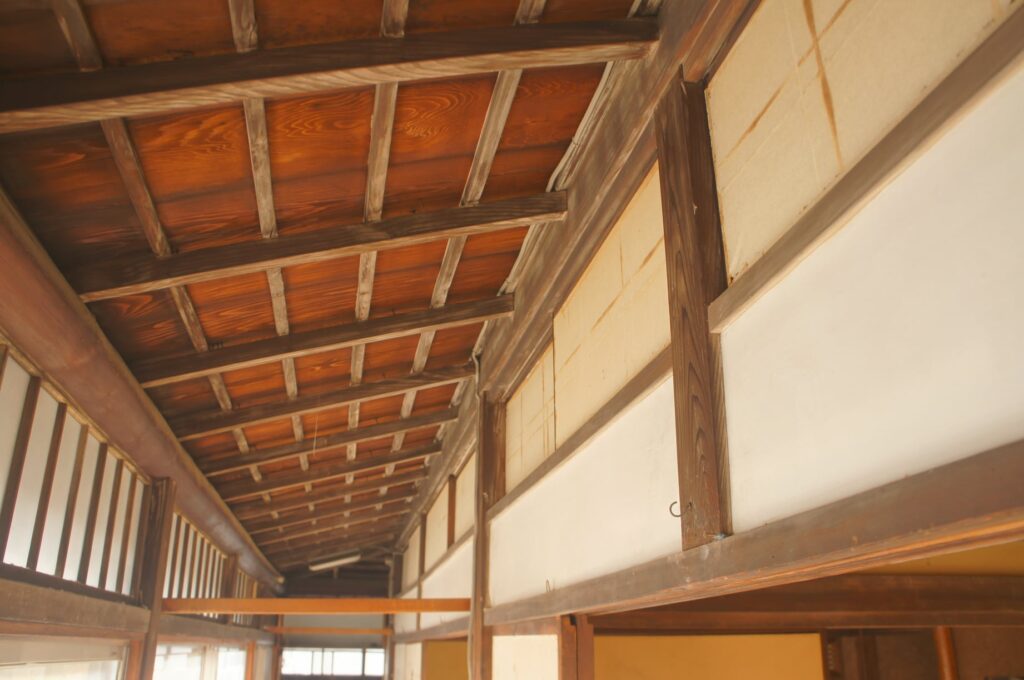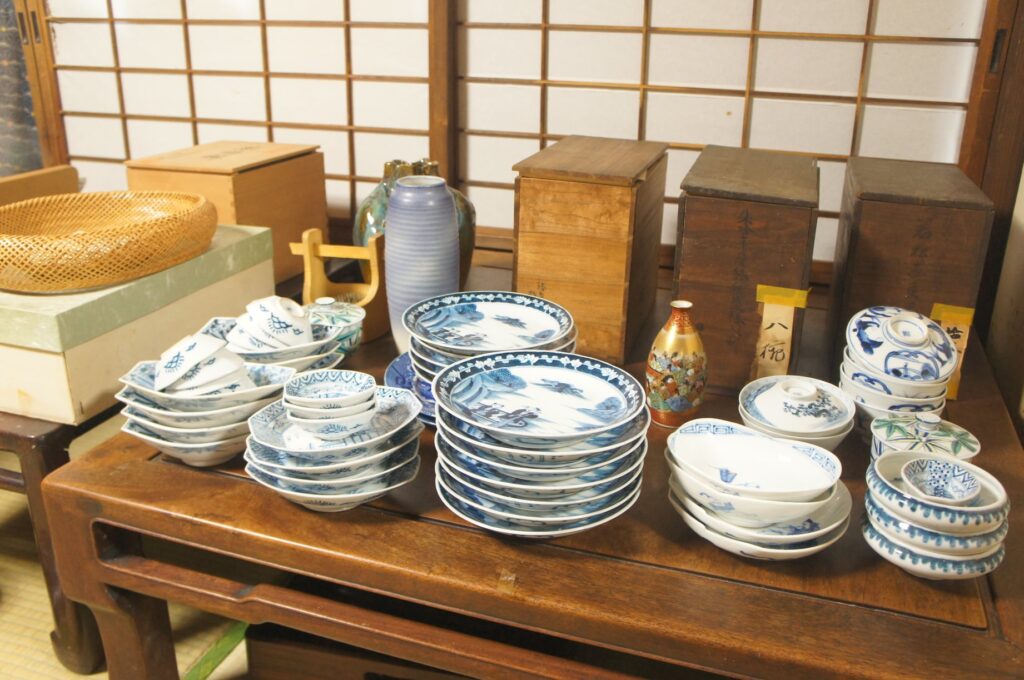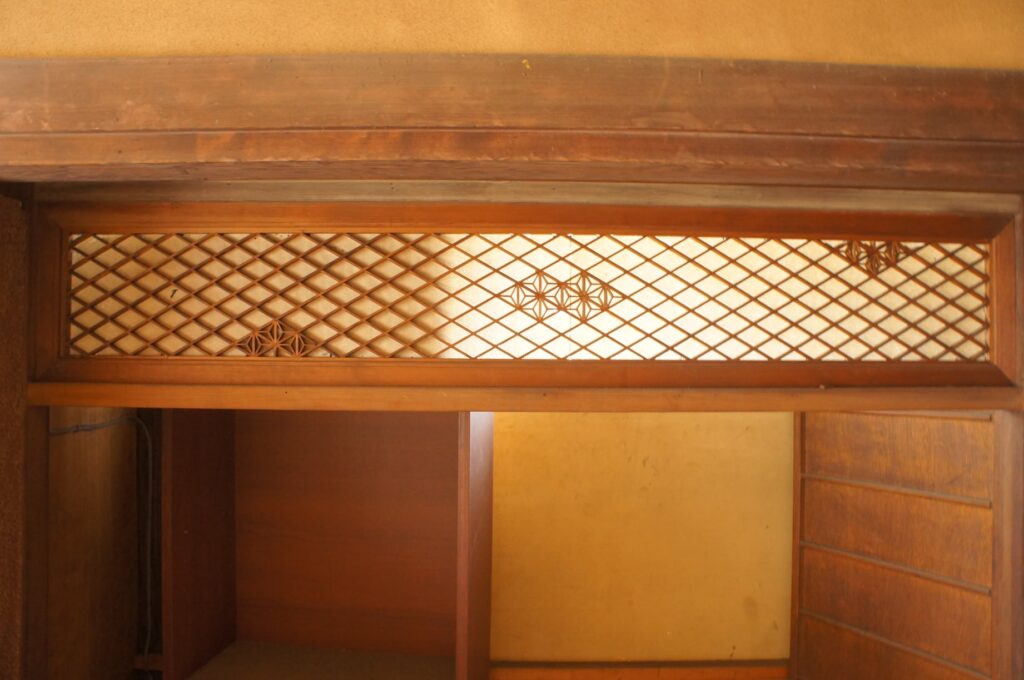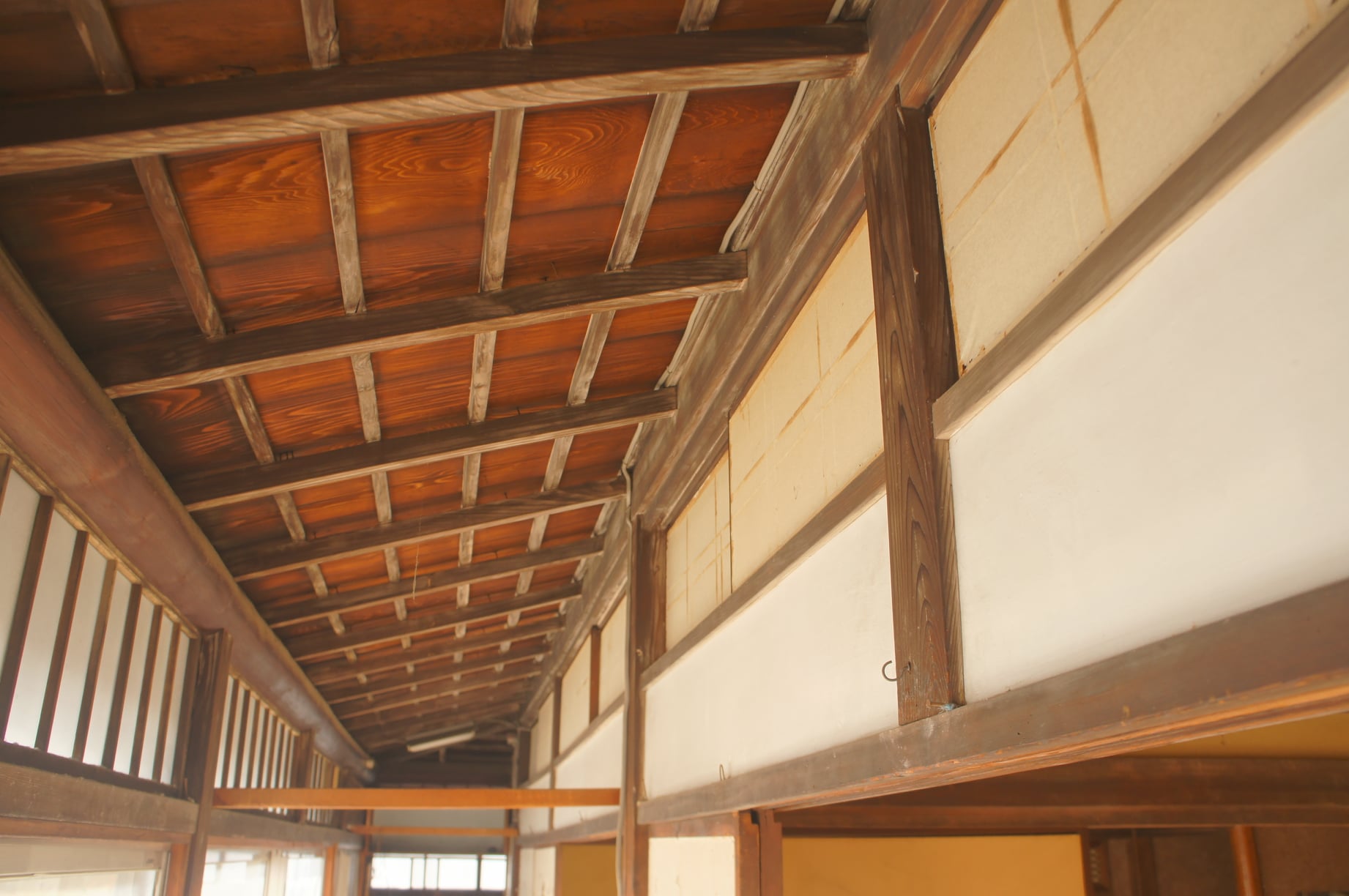This house is a Japanese house built in 1937 by the great-grandmother of a friend of mine, the organizer of the exhibition, and has a history of 85 years this year.
What it means to continue to live in one house from generation to generation, to protect the house, and to take over the house, not for the sake of the family business, has become a kind of theme for my thinking. My parents were affected by the disaster in Ishinomaki at the time of 311 and later moved to Tokyo where I live. On the other hand, there are people who have stayed and built houses again even after the disaster. From my point of view, it seems to me that they are taking over the concept of land and home.

One place I remember that seems to have taken over the house is my mother’s relative’s house in Ishinomaki. There were two stores on the same property, and the store and the other store were connected by a kitchen-cum-living room. I will never forget the scene of cooking meals for a large group of people in that space. The women who worked in each store, my relatives who worked as domestic help, they were always making some kind of side dish, always welcoming me and encouraging me to eat. As far as I can remember, they served me sanpeijiru soup (soup with vegetables and fish), zundamochi (fresh rice cakes with sweet bean made of green soybeans), that never made it to the dinner table at home.
I had thought that such house life were only for rural areas and would not be found in Tokyo, but “this house” where my friend used to live was just like that. At one time, three families of four generations lived in this house: great-grandmother, grandmother, mother, and her daughter (my friend). The other day, I had a chance to see an old photo of the family and relatives gathered around a meal in the Japanese-style room. When I saw the scene, I was reminded of my relative’s house in Ishinomaki mentioned above. From that photo and my memory, a kind of history of women protecting and passing on their homes came to mind.
When I told art producer Shigeo Goto about this house, he recommended me the book titled “A House Has Stayed Alive: Experience and Symbolism” written by Koji Taki. The following is a quote from the opening sentence of the book.
No matter how old and ugly a house is, as long as people live in it, it never loses its mysterious heartbeat. It is a system like that auto-repairing circuit that changes and remains stable, but never stands still. Even worn or weathered thresholds and pillars, scratched walls and spots on ceilings, seem to take the form of time in this moving system. This is because living places everything into the present day by day. A house is not just a structure, but a living space and a living time.
Daily maintenance, such as sweeping the floor, sweeping the tatami mats, and removing dusts from the shoji screens, as well as daily activities such as cooking rice, chopping vegetables, lighting the pot, and serving dishes, are the automatic repair circuit of the house where people live, and they make the house live longer and keep it beating.
I see, “This House” was a “house has stayed alive”. In this house, three generations of women have made the house a living house for 85 years. And my friend who spent her childhood in the “living house” is trying to preserve parts of the house in various ways to make it live again. When I encountered this situation, I decided that I wanted to make the house alive again in a different way. This leads me to this exhibition.
I wanted the artists who exhibited their artworks in this house, to listen carefully to the heartbeat of the house, and to hear the heartbeat of the house. I wanted visitors to compare the heartbeat of the artwork with the heartbeat of the house that has lived for 85 years. We also hope that the people who remember the house will be able to hear a new heartbeat, although in a different form, in the space that can be lived in.
The artists and staff of the exhibition are all students of SUPERSCHOOL online A&E, which Shigeo Goto presides over. I also have participated in Room 306 Project (an activity to maintain a former hair salon in the Okuno Building), and A&E students have also exhibited in Room 306. In the past, and again this time, Mr. Goto has given me many hints and tips. In the future, I will continue to follow rooms and houses where memories have been accumulated. I would like to continue my activities without forgetting to keep my ears open in a living house.
Toshiko Nomura (exhibition organizer)



